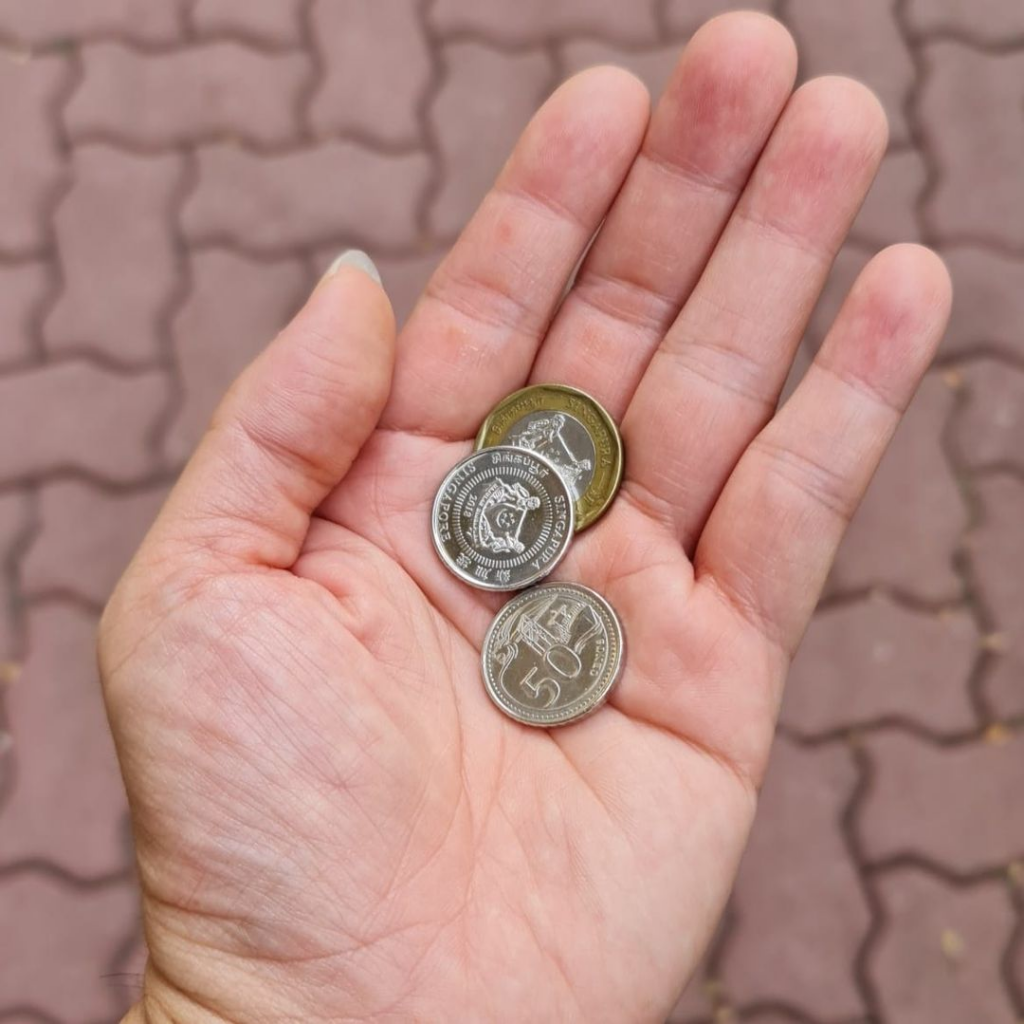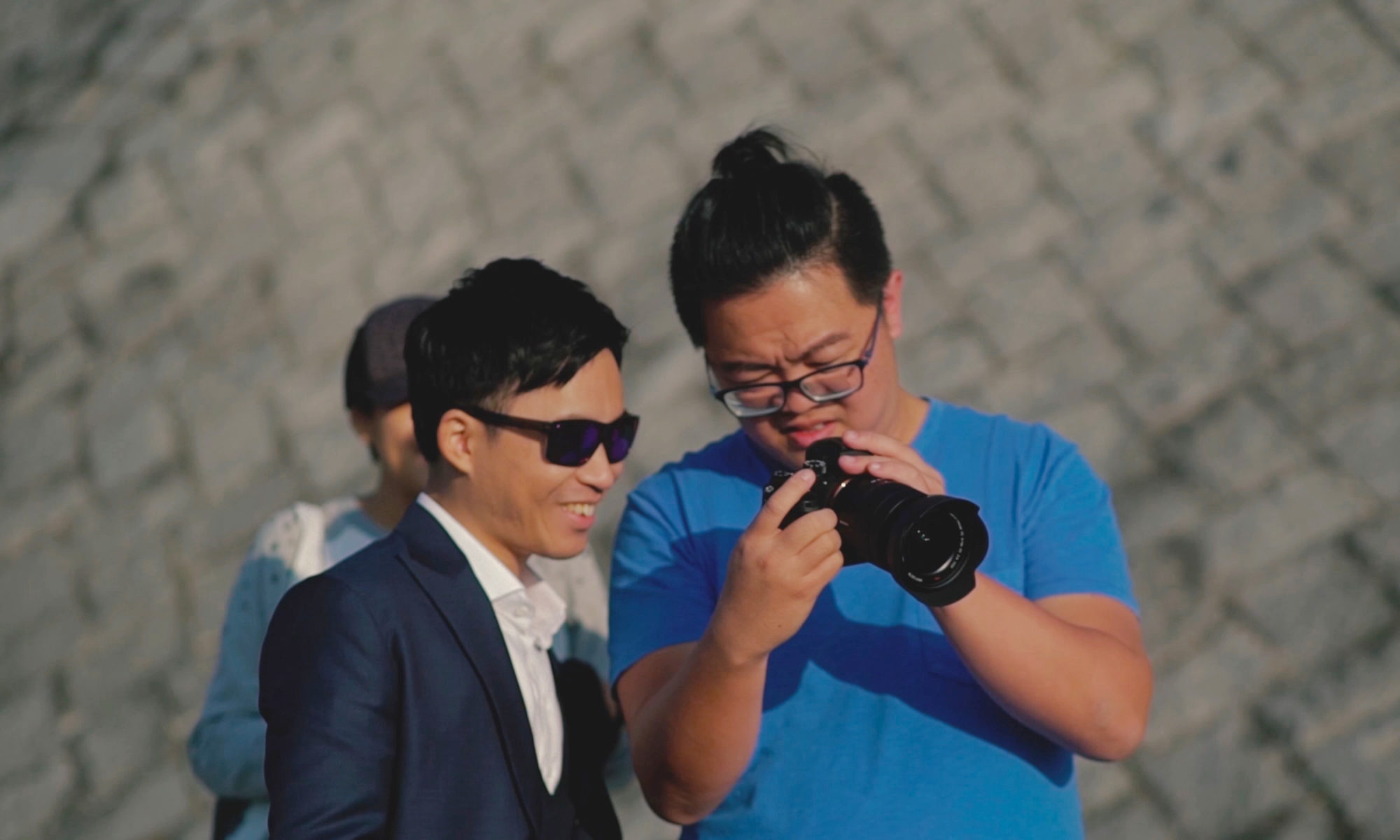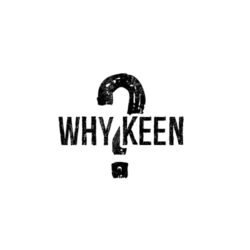“It’s only 2 dollars right?”
I had the chance to share about trust with Lockeman recently, and it took me stopping my own instinct to helicopter in to save him from his mistakes.
My son had his art class in Bukit Timah. I was going off for a meeting, and told him I might not be able to pick him up after class, so he had to take the bus back himself if so. Before dropping him off, I was worried he would forget his wallet, but because there were cars waiting behind me where I dropped him off, I couldn’t remind him to check in time.
True enough, 2 hours in, he called me in the middle of my meeting to tell me he forgot his wallet. “No bus pass, no money, how?” Initially, I considered leaving the meeting to rescue him, but then I paused. Singapore is generally quite safe, and he was in a neighborhood I am familiar with, so I just said, “Figure it out.”
Was I worried? Of course. But he got home safely, I found out later, so I carried on with the meeting. When I came home later that day, he shared with me how he managed to get home. He had borrowed 2 dollars from the uncle at the nearby coffee shop. I asked him what the value of 2 dollars was.
“Har? 2 dollars lor.”
I explained to him that the value of those 2 dollars went beyond its monetary worth. It symbolized trust. The uncle at the coffee shop had observed my sons week after week. Based on their consistent behavior, he knew they were good boys. They were also regular customers, we bought drinks from him weekly, so there was reliability and integrity in the consistency.
So, I told Lockeman that our actions and interactions with others mattered. It is the cause and effect relationship with the world around us. While there might not be a magical accountant guy keeping score, marking in green when you do a good deed, and a red cross if you do something bad, society has its own memory.
Being good and doing good has a way of making an impact. It creates a ripple effect that people notice. The world somehow recognizes those who embody kindness, consistency, and honorable values. In the case of the uncle, his level of trust had reached a point where he was willing to lend those 2 dollars.
Now, would he have lent 100 dollars? Probably not. Maybe 10 dollars, depending on the circumstances. If I had been a regular customer who regularly catered food from him amounting to 1000s of dollars every month, perhaps even 100 dollars would be possible. It all boils down to trust, built over time through our actions and choices.
This realization made me convey an important message to my son. Our daily actions have significance beyond what meets the eye. Whether it’s a small gesture or a larger decision, they shape the world around us. Some might attribute this concept to karma or a higher power, and various faiths offer their perspectives. But regardless of our beliefs, our actions have consequences. They contribute to a collective memory in society. By being kind, honest, and consistent, we create a positive impact that resonates far beyond our immediate awareness. The world has a peculiar way of taking care of us when we find ourselves in need.
#Fatherhood#lifelessons#value#values#karma












